The Shearwater belongs to a group of birds in the Procellariidae family. There are approximately 30 different species of these birds, in 7 different genuses. Many species of petrels are also part of the Procellariidae family.
They are seabirds, and spend much of their time over the open ocean, only returning to land when they need to breed. Though not exceptionally large, like the albatross, they have long wings for soaring over the oceans. Read on to learn about the shearwater.
Description of the Shearwater
These birds vary in size, but most are about the size of seagull with longer wings. Their beaks are long, and they have a sharp hook at the end. Most species are between one and two feet long, and weigh just a pound or two.
Each species is different, and there are a huge variety of appearances between species. Some species are uniform in color, while others have mottled feathers or plumage. They are black, white, cream, gray, tan, or brown in color.
Interesting Facts About the Shearwater
With so many different species, it is no wonder that there are endless fun facts about these birds. Let’s highlight a few different species, and what makes them unique, below.
- Great Shearwater – As these birds go, great Shearwaters are relatively large birds, hence the name “great.” Despite their name, these birds aren’t so “great” on land. In fact, they are nearly as clumsy and cumbersome as penguins (though not quite as bad.)
- Townsend’s Shearwater – This species is actually a subject of scientific debate. These birds have separate populations in different areas of the Pacific Ocean. Researchers believe that the separate populations might actually be separate species!
- Grey Petrel – While their name might sound vanilla, this species is far from boring. When alarmed, grey petrels spew stomach oil at their attackers! Alternately, this stomach oil also functions as a yummy snack for their chicks.
Habitat of the Shearwater
Despite having so many different species, the vast majority of Shearwaters share a habitat. Most species spend the greater part of their time on the open ocean, not even straying close to shore unless they are breeding.
When the breeding season rolls around, their preferred habitat varies from species to species. Some live on cliffs and rocky outcrops, others on grasslands and meadows.
Distribution of the Shearwater
Because there are so many different species, the distribution of these birds varies greatly. Some species are extremely widespread, and live across the entire Southern Hemisphere, while others remain closer to a localized region.
Generally speaking, these birds live primarily in cold Arctic and Antarctic waters, or in slightly warmer temperate waters. They rarely find themselves in subtropical or tropical oceans.
Diet of the Shearwater
Like most seabirds, Shearwaters feed primarily on seafood! They eat fish, shrimp, squid, octopus, krill, and virtually anything they can snatch up. Their exact diet varies greatly from species to species, and also from season to season.
Some species feed heavily on a single type of fish, while others eat just about anything they can get their beaks on. While feeding, many species of these birds fight amongst themselveds over food.
Shearwater and Human Interaction
Human interaction varies from species to species. Like most seabirds, commercial fishing does have some impact, usually when the birds become tangled in nets or on fishing lines and hooks.
Another dire impact is human devastation of their breeding colonies, both intentionally and on accident. People hunt nesting birds and steal their eggs, and introduce feral animals that do the same. Sadly, we have put some species in severe danger.
Domestication
Humans have not domesticated Shearwaters in any way.
Does the Shearwater Make a Good Pet
No, Shearwaters do not make good pets. They live in the open ocean, and often fly long distances in search of food. Another important consideration is their diet. I have said it before, and I’ll say it again, animals that eat seafood have extremely smelly poop!
Shearwater Care
In zoos, these birds must have plenty of space for flying and a large source of saltwater. Though they do not dive extensively, they will swim underwater to some extent in search of food.
These birds also have success in habitats with artificial cliffs or slopes, whichever they usually inhabit in their breeding grounds. As with most seabirds, they thrive on a diet of fish and squid.
Behavior of the Shearwater
Shearwaters as a whole are social birds, albeit they aren’t all fun and games with one another. Though they feed in groups, squabbling is extremely common. These birds forage together and live in large flocks, but they almost always fight over food.
During the breeding season even larger flocks converge to create breeding colonies. These colonies usually come back to the same location year after year.
Reproduction of the Shearwater
Mating habits, courtship rituals, incubation times, and fledging rates all vary based on the species. As a whole, the Shearwaters congregate in vast colonies to reproduce.
Many species are monogamous, and breed with the same partner until one of the pair dies. Some make nests on the ground, other breed in burrows. Incubation ranges, but is usually around two months. The young chicks fledge, and gain independence, when they are three or four months old.

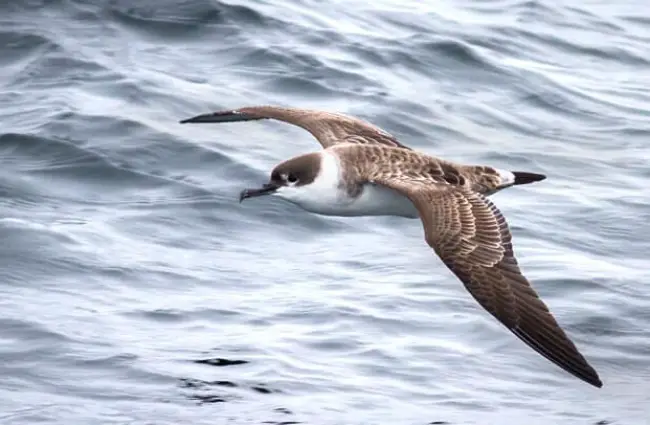

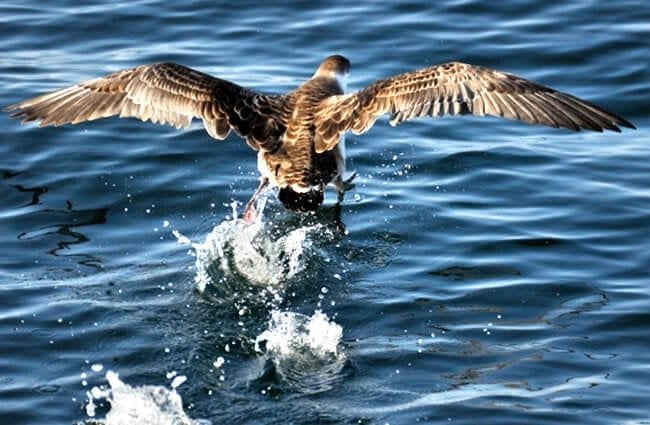
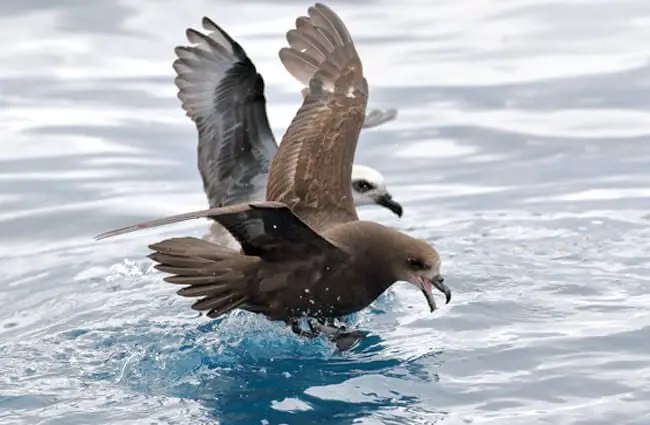
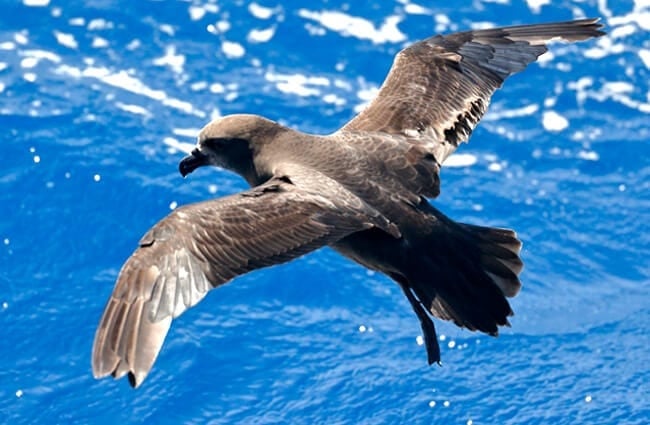
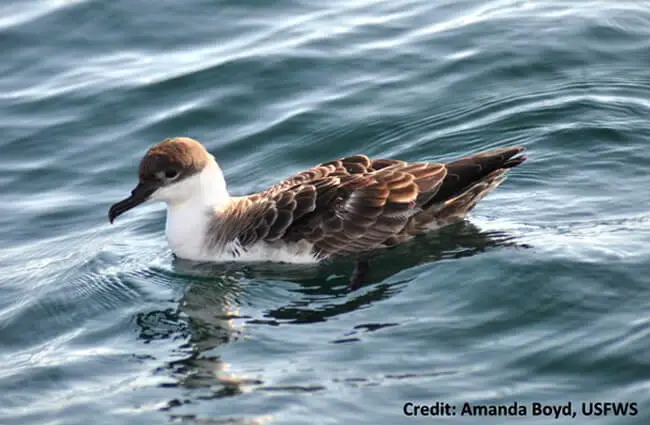
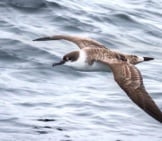
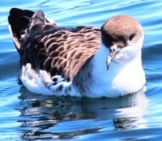
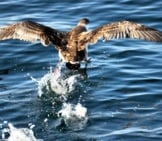
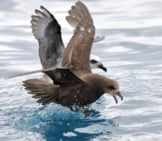

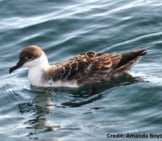
![Red Angus Closeup of a beautiful Red Angus cowPhoto by: U.S. Department of Agriculture [pubic domain]https://creativecommons.org/licenses/by/2.0/](https://animals.net/wp-content/uploads/2020/03/Red-Angus-4-238x178.jpg)












![Red Angus Closeup of a beautiful Red Angus cowPhoto by: U.S. Department of Agriculture [pubic domain]https://creativecommons.org/licenses/by/2.0/](https://animals.net/wp-content/uploads/2020/03/Red-Angus-4-100x75.jpg)

